Jordan’s Math Work—Free Math Puzzle Games and Worksheets
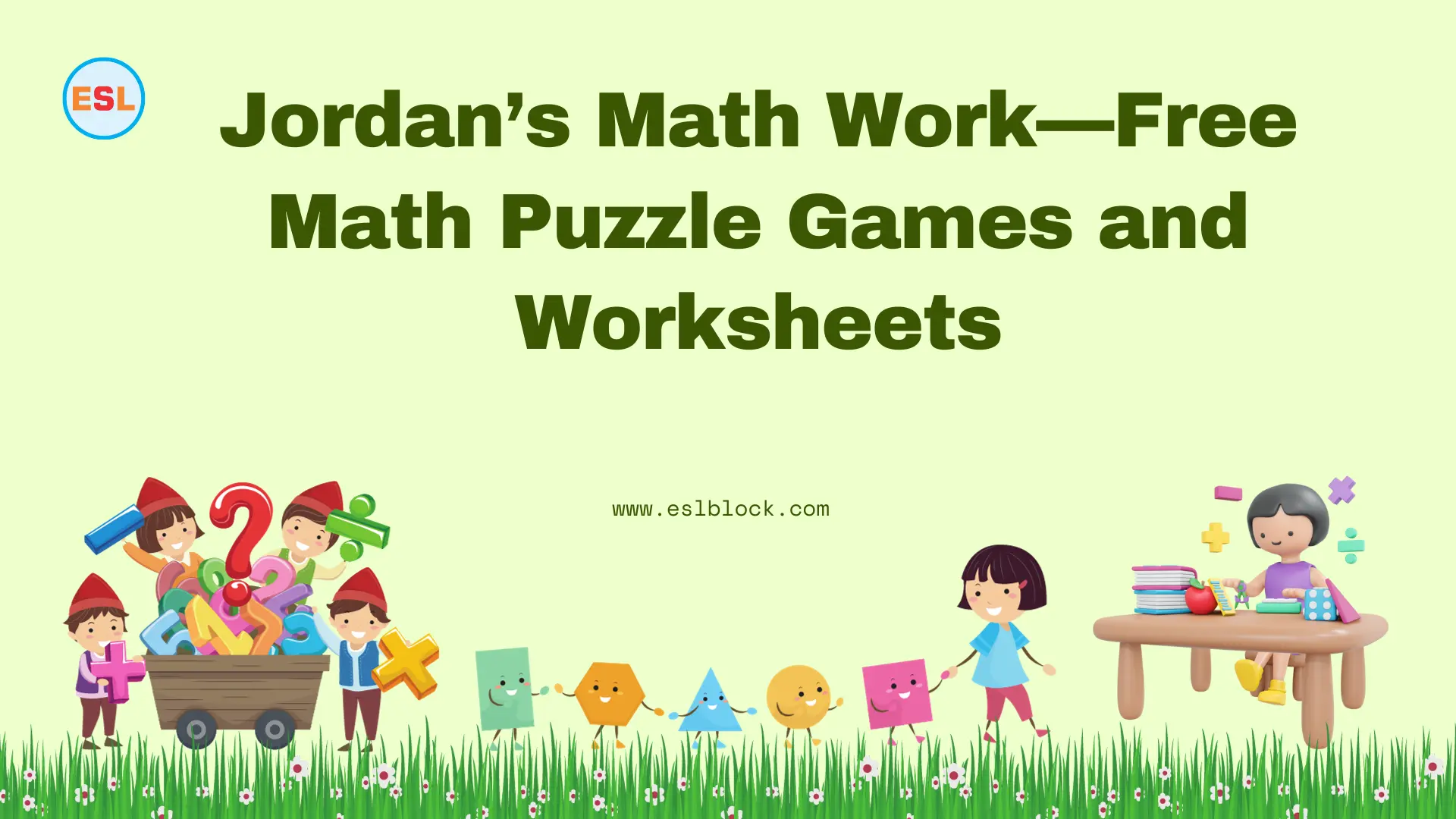
Are you on the lookout for a comprehensive and engaging math resource that caters to students from Kindergarten to 8th grade? Your search ends here! Welcome to Jordan’s Math Work – a dynamic platform designed to make learning mathematics not only effective but also enjoyable.
In this blog post, we will explore the wealth of free resources, including worksheets, games, and activities, offered by Jordan’s Math Work.
Whether you’re a parent aiming to support your child’s education at home or an educator searching for innovative resources for the classroom, this system has something special for you.
Jordan’s Math Work is committed to providing a rich learning experience that goes beyond traditional teaching methods. By integrating a variety of free resources, this platform ensures that students not only grasp mathematical concepts but also develop a genuine love for the subject.
Are you ready to dive into the world of interactive learning and discover how Jordans Math Work can transform the way math is taught and learned? Let’s explore the exciting possibilities together!
Jordan’s Math Work Resources
Experience the joy of learning math with Jordan’s Math Work. Access topic-specific materials through the links below and continue reading to gain insights into the revolutionary Jordan’s Math Work system, reshaping the landscape of math education.
Preschool Earth and Space Science – Math Worksheets
Preschool Subtraction – Math Worksheets
Preschool Addition – Math Worksheets
Preschool Writing – Math Worksheets
Preschool Number – Math Worksheets
Preschool Geometry – Math Worksheets
Challenge Your Mind: Math Puzzle IQ Tests – Math Worksheets
Tracing Number 10 Worksheets
Tracing Number 9 Worksheets
Navigating Numeracy: Exploring the Jordan’s Math Work Learning System
Jordan’s Math Work is a special way of teaching math to kids in grades K-8. It concentrates on important parts like:
1. Student-Centered Learning Approach:
In Jordan’s Math Work, the focus is on putting the student in the center of the learning process. It believes that each student has a unique way of learning, so the teaching is tailored to match each student’s strengths and needs.
2. Real-Life Connections:
Jordan’s Math Work aims to show students how math is connected to the real world. By incorporating practical applications and real-world problems, the system helps students understand that math is not just for the classroom but is also useful and important in everyday life.
3. Emphasis on Thinking and Problem Solving:
Critical thinking and problem-solving skills are valued more than just getting the right answers in Jordan’s Math Work. Students are encouraged to apply logical thinking to solve math problems, use various strategies, and develop a growth mindset, learning from mistakes rather than getting discouraged by them.
4. Personalized and Individualized Instruction:
Recognizing that each student learns differently, Jordan’s Math Work provides personalized and individualized instruction. This approach allows students to learn in a way that suits their unique strengths and at a pace that best meets their needs.
Is the Jordan’s Math Work System a Good Fit for Your Students?
The Jordan Math Work system offers a modern approach to teaching math to kids in grades K-8, both in school and at home. Unlike traditional methods, this system emphasizes allowing students to learn at their own pace and apply their unique learning styles.
This approach aims to build a strong foundation in math skills before moving on to more advanced topics. Unfortunately, many students are left behind by a one-size-fits-all approach, which the Jordan’s Math Work system seeks to overcome.
Engaging Learning Resources
This system replaces traditional lectures and repetitive worksheets with more engaging resources. These include hands-on activities, visual aids, and games. The goal is to provide students with ample opportunities for deep mathematical thinking, promoting a true understanding of math concepts instead of relying on rote memorization.
Practical Tips for Implementation
If you’re a teacher or a parent aiming to implement the Jordan Math Work system with your children, here are some practical tips to consider alongside the free resources shared above:
1. Explore First
Introduce new topics through hands-on or virtual activities, allowing students to play with math concepts before formal instruction. For example, before teaching addition, students can use objects like jelly beans to combine sums.
2. Continue with Images
After hands-on exploration, extend understanding to pictorial representations. This involves introducing drawings, diagrams, or pictures related to the topic. Using the addition example, students can examine drawings of combined jelly bean groups.
3. Finish with Abstract Understanding
Delay the use of symbols and numbers until after hands-on and visual exploration. This ensures students have a strong foundational understanding before working with mathematical procedures. For addition, this is when the plus symbol and methods for adding numbers are introduced.
4. Real-World Applications
Connect learned skills to real-world problems and scenarios. This contextualizes mathematics, showing students the practical value of their skills. After mastering addition procedures, students can apply them to real-world situations like shopping, driving, or building.
5. The Feedback Loop
Maintain open communication between students, teachers, and parents throughout each stage. Regular evaluation and feedback help identify areas for improvement and determine effective strategies for individual students.
6. Inspire, Inspire, Inspire!
While structured instruction is vital, encourage students to explore and apply math in ways that interest them. Emphasize creativity and open-minded problem-solving. Teachers and parents play a crucial role in exposing students to open-ended math problems that require critical and creative thinking.
Final Thoughts
Jordan’s Math Work offers a dynamic K-8 math education, emphasizing conceptual understanding and real-world connections. Through hands-on, pictorial, procedural, and practical stages, it provides a comprehensive and engaging learning experience, fostering future academic success.


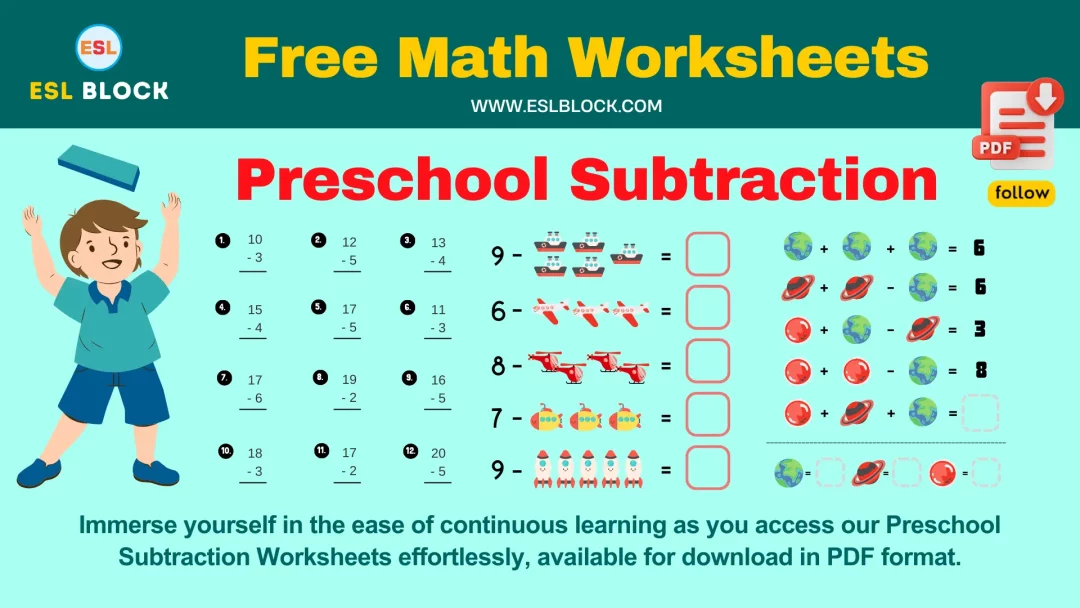
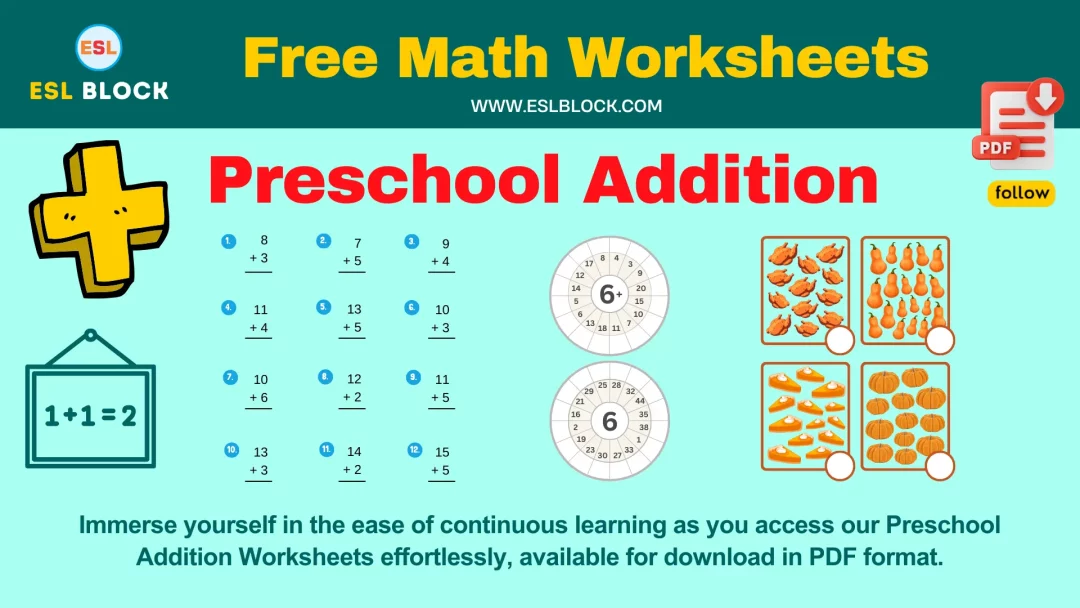
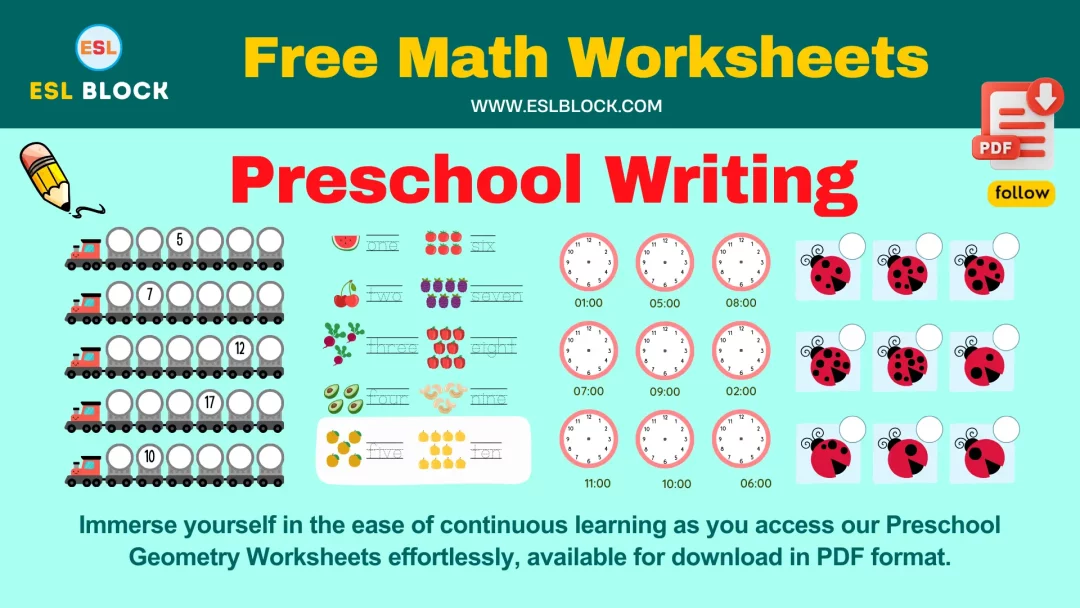


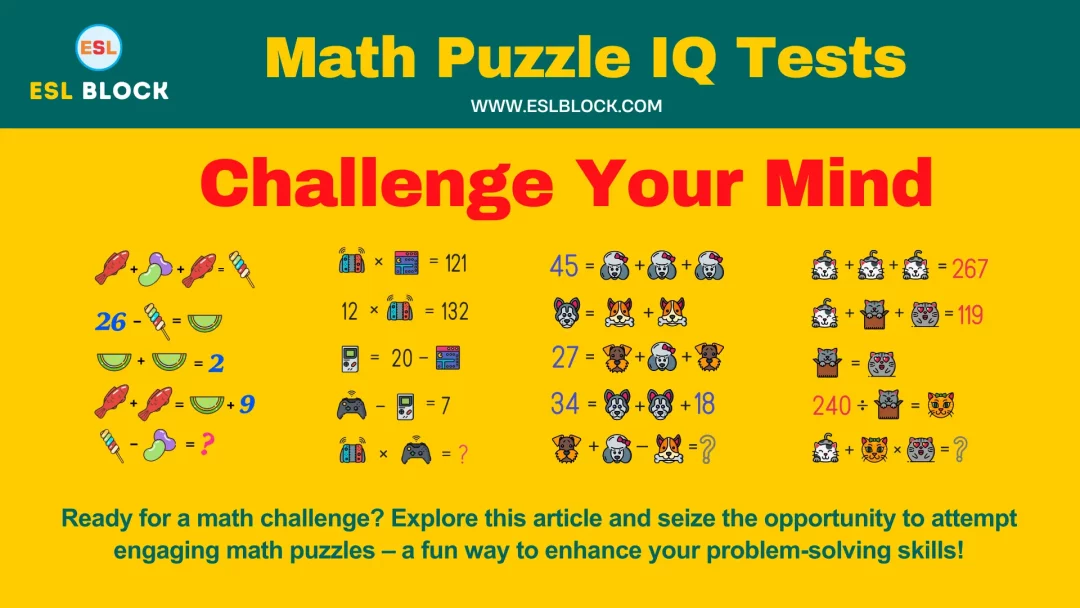
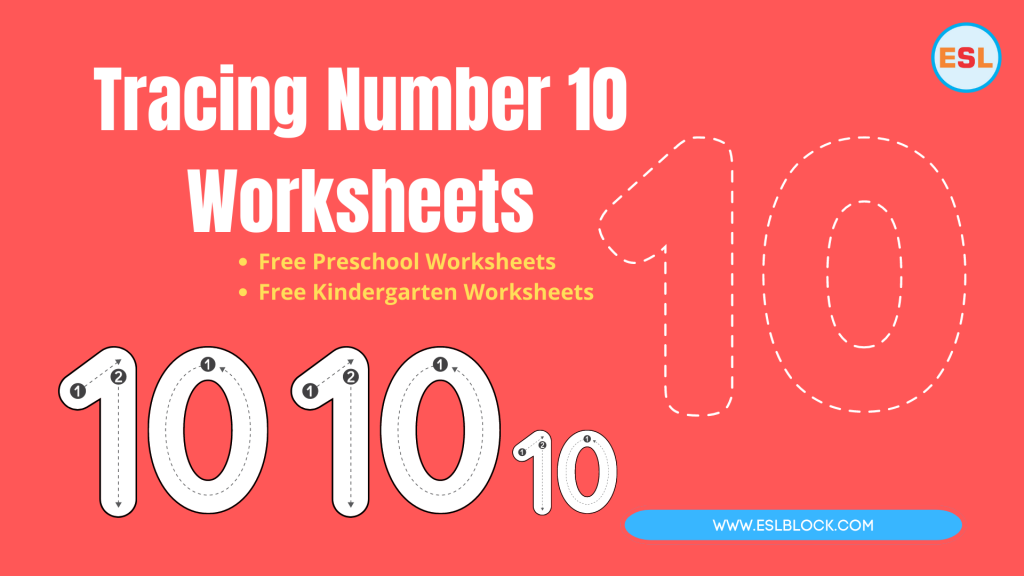
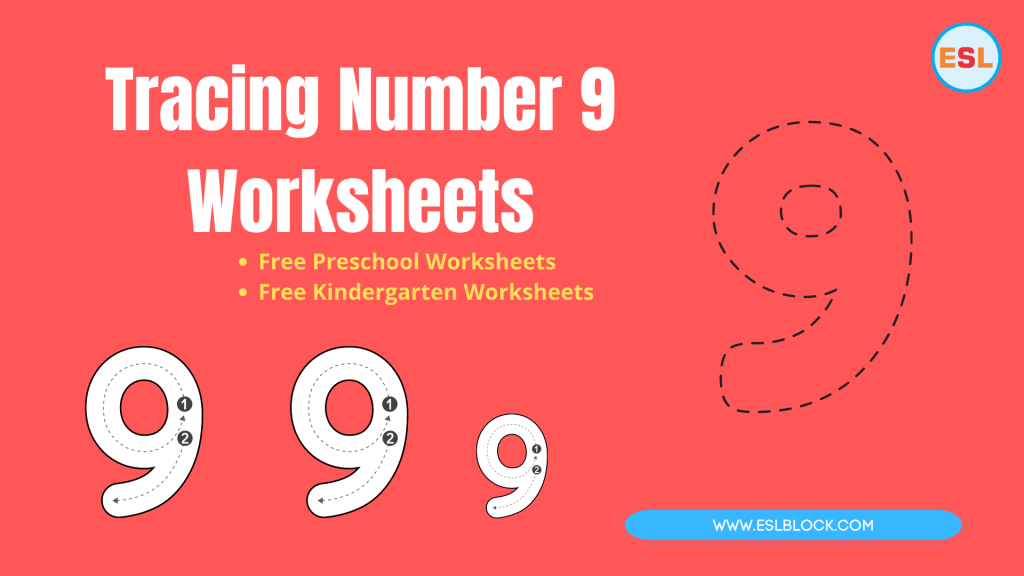
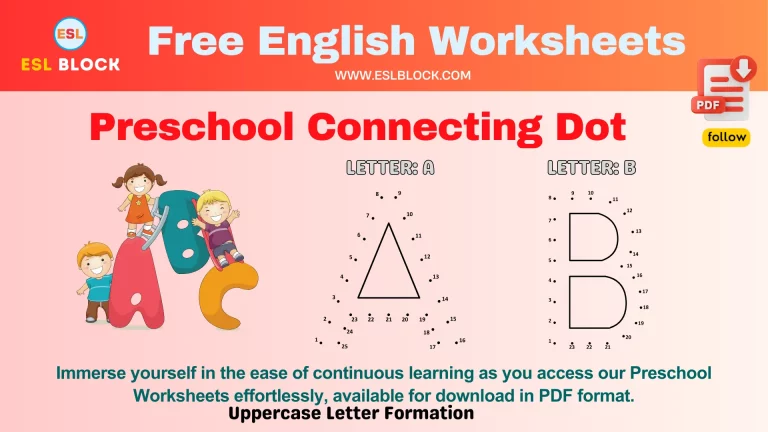

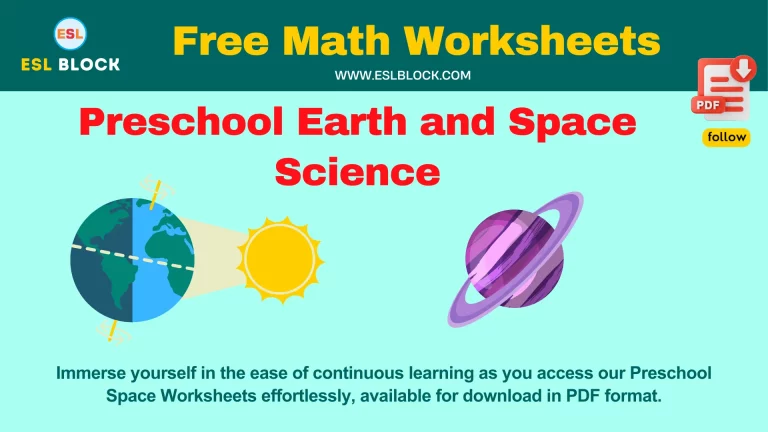
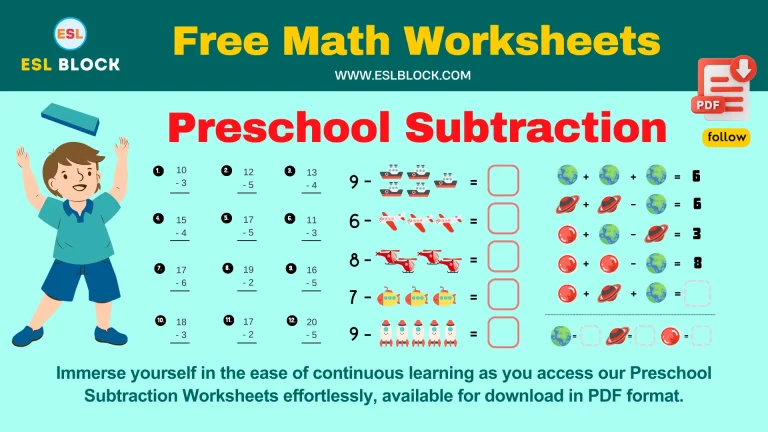


[…] math puzzle IQ tests form an integral component of Jordan’s Math Work, contributing to a comprehensive and engaging approach to learning mathematics for students of all […]